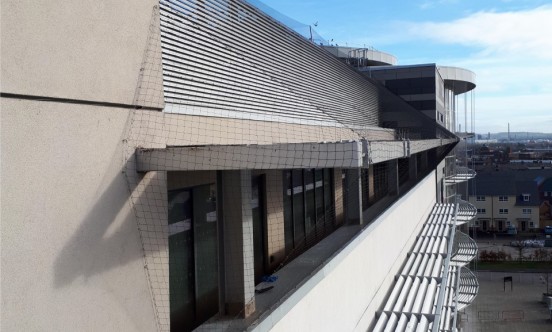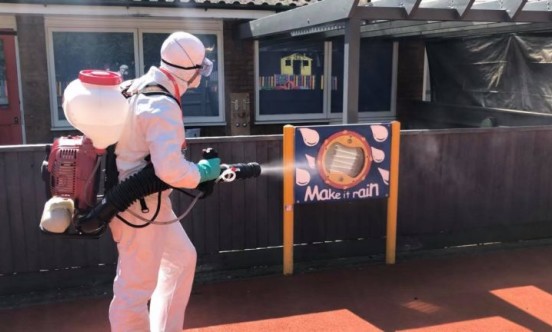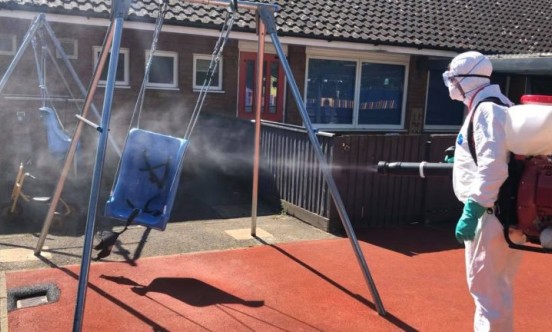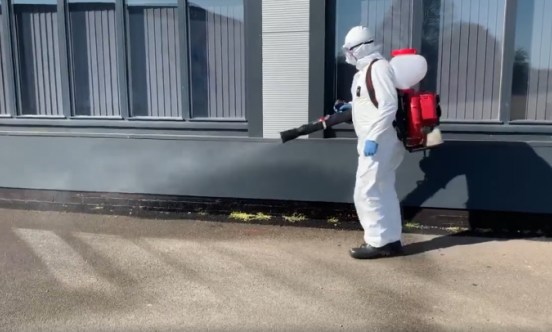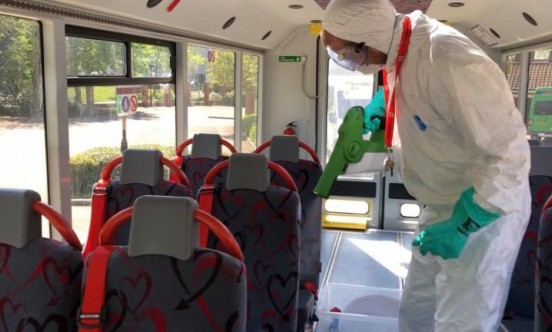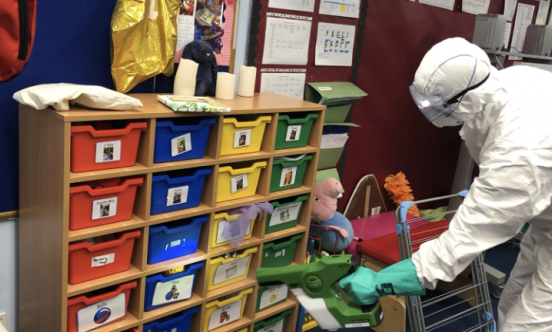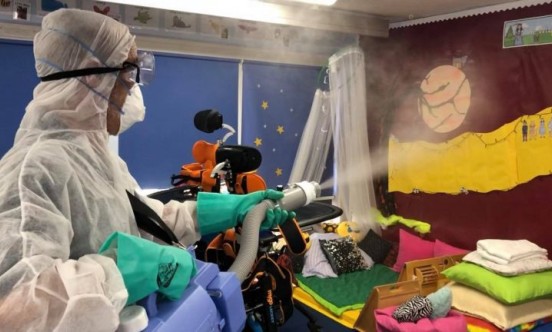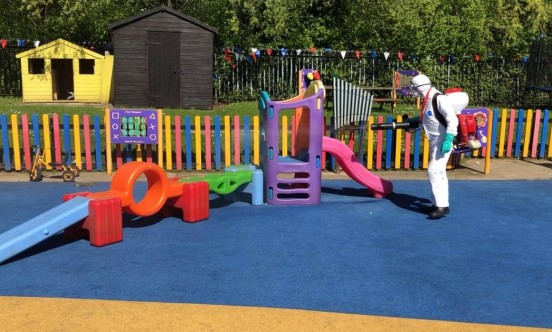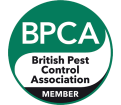
Call 0333 567 2020 for advice and quotes or contact us online

Gull Control at Derelict Building
Gallery
Nesting Gulls
NBC was contacted by both a local council, which was responsible for a derelict building and another contractor who had a derelict building near a school, which were attracting a lot of nesting gulls. There were two sites, one in the city centre and one opposite an out-of-town school, as such the gulls were creating issues for the children and the people visiting and working in the school and for also for those people living and working in the city location.
Typical issues were noise 24-7, contamination, bird attacks and often seeing chicks fall from roofs being distressed, injured or killed as a result. Both buildings had a large colony of mixed species gulls. One building was only recently derelict and had an existing gull problem and the other had been derelict for several years. Having a derelict property where people are not allowed to access is an ideal site for breeding gulls to multiple quickly. This issue may not appear immediately but over time these gulls will become habituated to this site and their numbers will grow quite rapidly, making lots more noise, mess and more reportable instances of aggressive bird behaviour during nesting and chick rearing.
A typical breeding pair will normally have 2 successful chicks and they will return each year to the same site, often the same nest, to breed again and again, with their young in tow. One pair of breeding gulls will turn into 8 birds in 4 years. 5 pairs would be 40 gulls and then, those year one birds, will beginning breeding themselves by year 5.There is also a risk that when you try to sell or lease your property anyone seeing this issue with gulls, will worry that they will be inheriting a site which is badly troubled by gulls and might be more reluctant to invest in the site. It is also typical gull behaviour that even when the property has been developed and depending on design will continue to return and nest on or near the new development. NBC were asked to survey the property to understand what species, numbers and safe methods could be deployed in an area which might not be safe for normal access and to understand the impact the birds were having on the surrounding area and to advise on licencing.
Our Solution
A detailed survey of species and number of birds were completed on the property. Also by using google maps and by driving around the local area it allowed us to qualify how big an issue it was and who was being affected. Whilst going around to survey, we were speaking to the people in the local area, and they explained the impact the birds were having, and this information was used in our reasoning to help justify why some egg and nest management licencing was also required for the site. The aim of the nest management was to reduce the number of gulls adding to the problem, reduce the aggressive nesting behaviours around the site and to remove the risk when the most effective falconry deterrent method would be used. Both clients agreed to a programme of falconry and other deterrent methods which were used from early March. We advised that we needed to be there as early as possible in the season, in order to introduce a new bird of prey threat at the site before the returning gulls appeared. This new threat is designed to discourage the birds from feeling safe in their traditionally safe nesting areas and it is much easier at this time to then move them on.
All old existing nests were removed, where safe do so, and additional deterrents were put into place such as a solar power acoustic distress caller, which is used during the days (so it would not disturb others at night in an urban area).By introducing our falcons (which are specifically trained not to be hunting birds) and with the gulls hearing the distress calls from the acoustic system they believe that there is a real threat to them sitting on a nest or particularly to their chicks before fledging. This programme of deterrents helps to change the bird behaviour and decision making early on, so that that they opt to choose another safer suitable site to build their nest. We also use decoy predators and hawk kites in the main nesting areas to re-enforce the idea that there are continuous free flying birds of prey and predators now habituated on the site when the falconers are not onsite. When safe to do so, temporary covers can be placed over some nesting areas or we can use some ground netting or we use ecology dogs for larger are against ground nesting birds.
Speaking to the neighbours in the surrounding area and in noting that there are very few examples of nests being built this year it has shown that if you can start early enough in the breeding season your bird deterrent work can begin to help move problem birds away in a non-lethal manner, away from conflict with people and make it safer for commercial operations.
From a business point of view, you would have improved greatly the chances of being able to utilise the development without the fear of inheriting a major environmental issue with bird licencing before any demolition and or construction work took place and also avoided having an ongoing issue with birds on your repurposed land in the future and of course knowing you are being a responsible and good neighbour.
Find out more about our Gull Control
Read our informative articles Nuisance Birds - Gulls and How To Get Rid of Seagulls.
